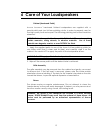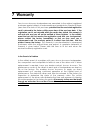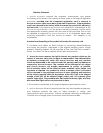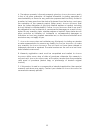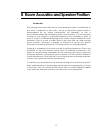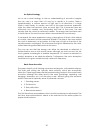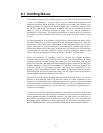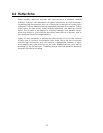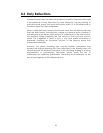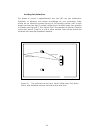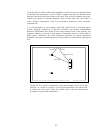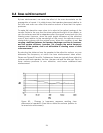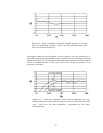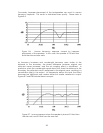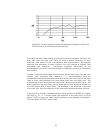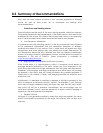
23
8.3 Early Reflections
Another situation that can reduce the subjective quality of reproduced sound
is the presence of early reflections. By early reflections, we are referring to
reflected sound waves that reach the listener within 10 to 20 milliseconds of
the direct signal from the loudspeaker.
When a reflected sound reaches the listener more than 40 milliseconds later
than the direct sound, the reflection is heard as a discrete echo. However, if
the reflected sound arrives within around 20 milliseconds of the direct sound,
the ear/brain system integrates the two sounds so that only one sound is
heard. This integration is done in such a way that spatial information is
preserved, providing an acoustical "picture" of the physical space that
created the reflections.
However, the source recording also contains ambient information that
portrays the original recording site. Early reflections in the listening room will
tend to obscure the ambient information in the recording, leading to a loss of
dimensionality or spaciousness. Secondary arrivals within the first 10
milliseconds are especially problematic, becoming less troublesome as the
arrival time lengthens to 20 milliseconds or so.



